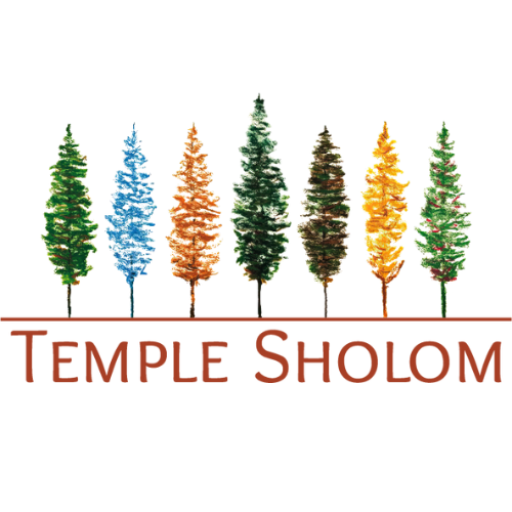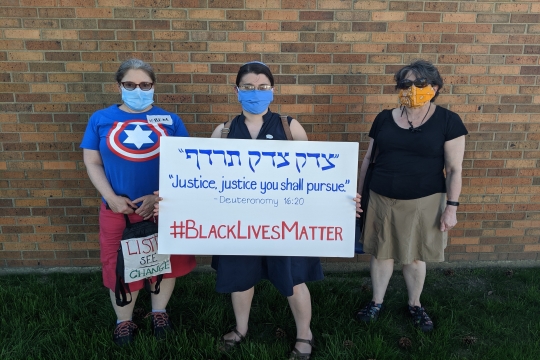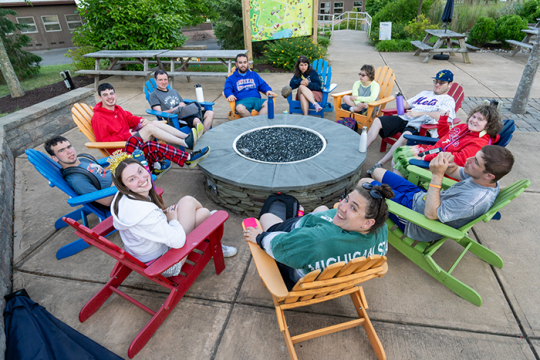Welcome to the Temple Sholom Family
A Sanctuary of Living Judaism in Greater New Milford
Upcoming Events & Holidays
Rabbi's Corner
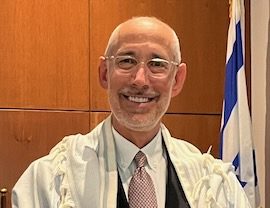
Rabbi Cohn writes a weekly column that seeks to highlight, challenge, and address matters related to Jewish thought, the weekly Torah portion, holidays, music, and contemporary issues in the United States. Sometimes, he even speaks on all of those at once!
Getting to know
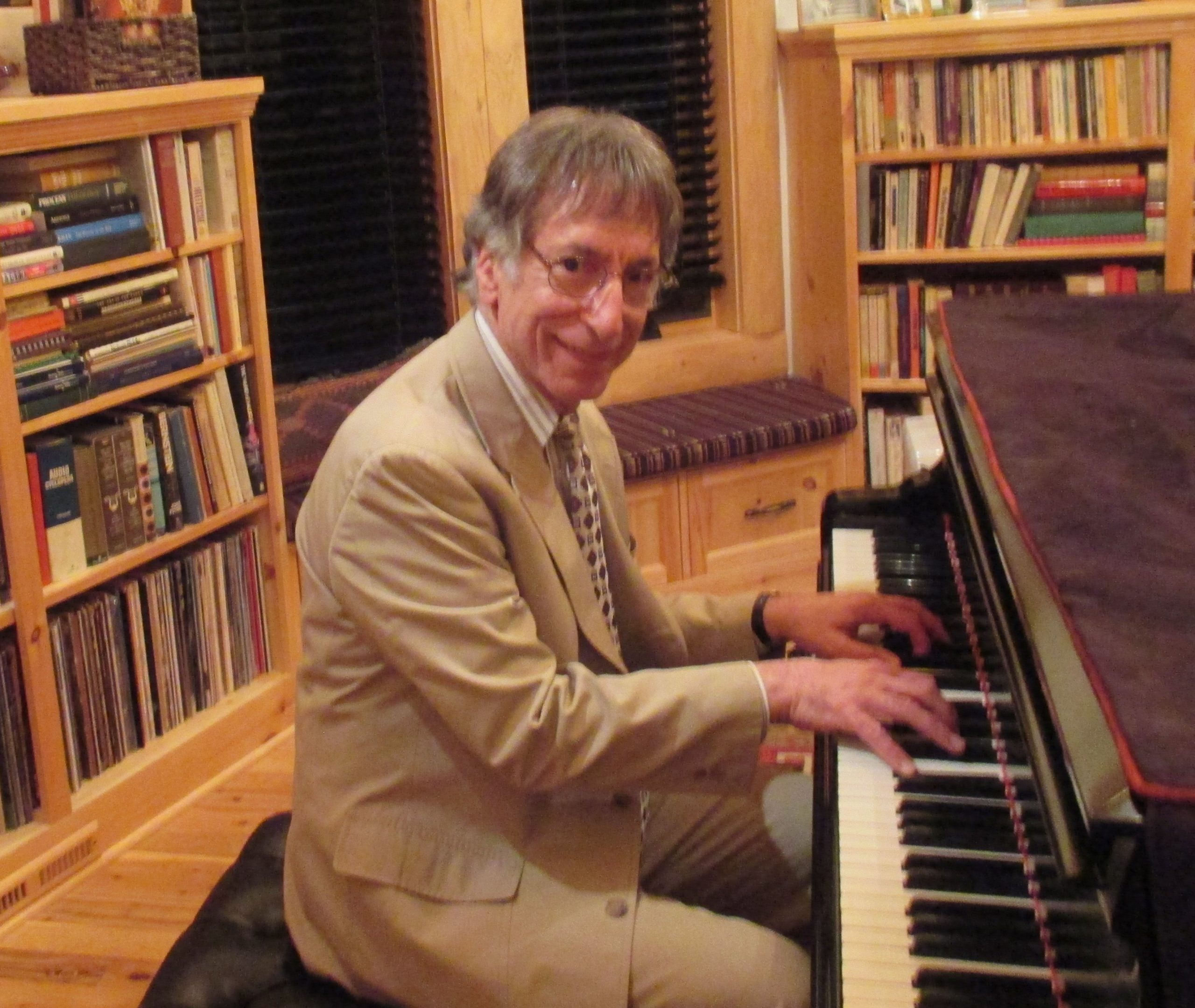
Jeremy serves as Temple Sholom’s 2nd Vice President. He and his wife Susan have been Temple Sholom members for almost 16 years, having joined when they moved to Pawling from Briarcliff Manor, New York, in 2009.
